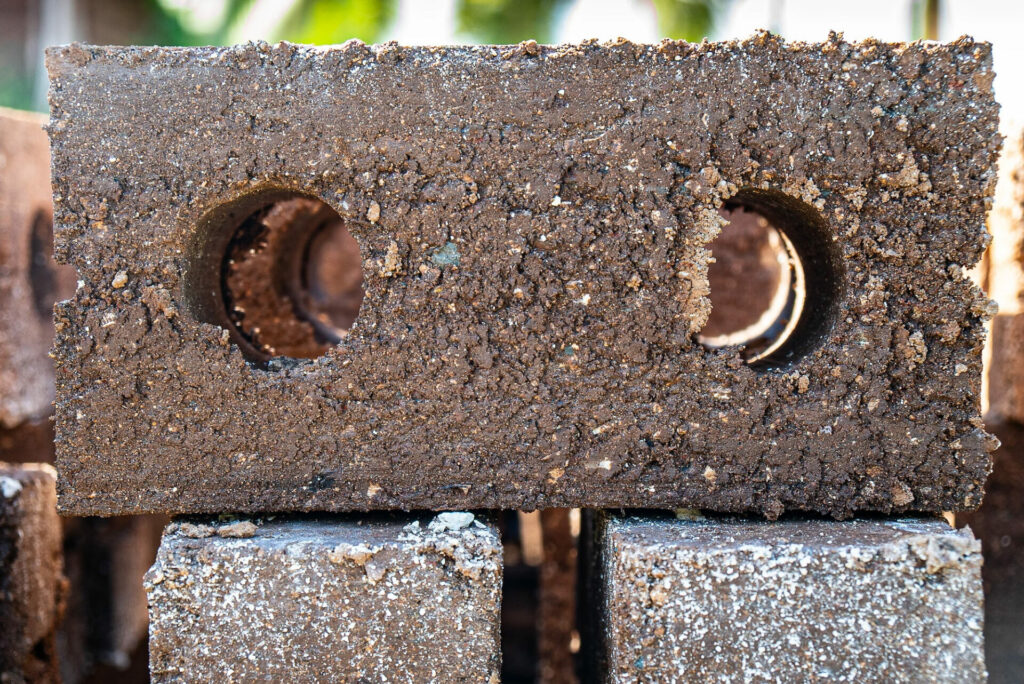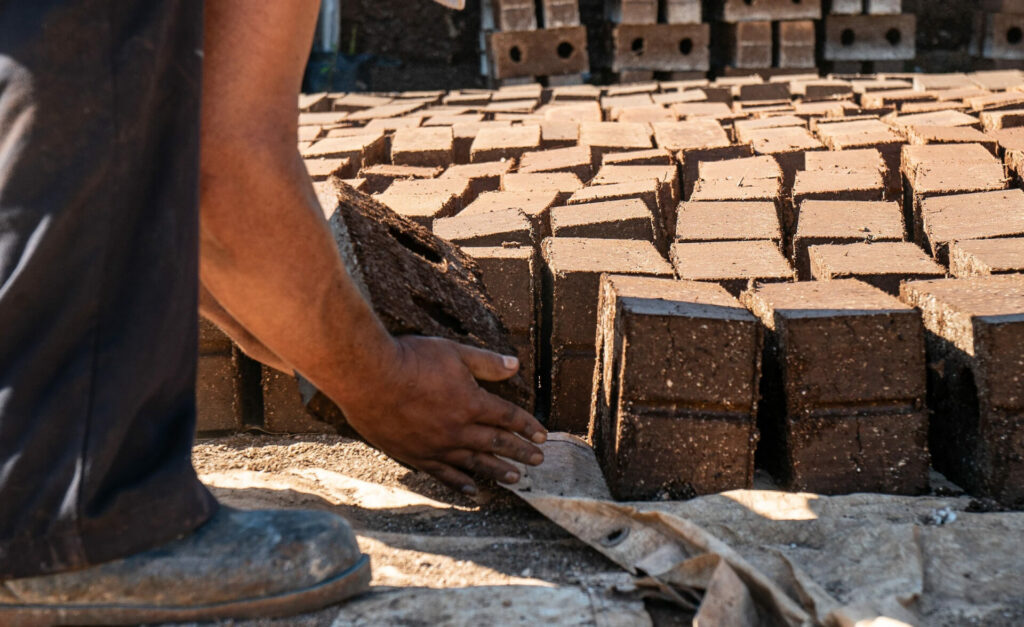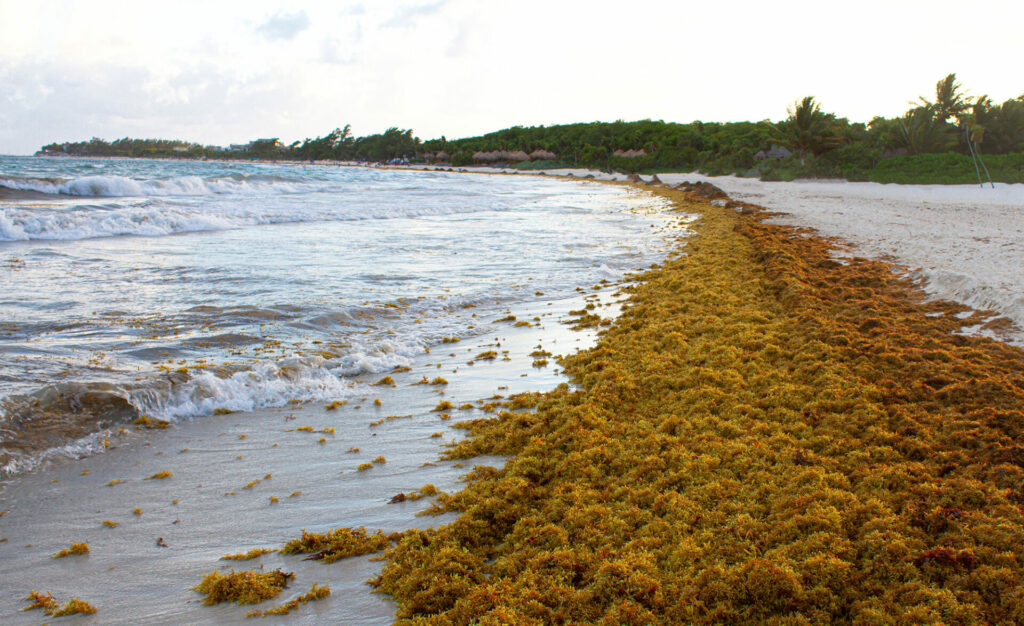The construction world, and structure building in particular, has long been associated with concrete. In fact, the relationship between the industry and its most famous building material is one of the most enduring around, going back thousands of years. However, it has become ever more apparent that it is a problematic relationship. Furthermore, it is one that the industry needs to diversify from. As sustainability targets and carbon goals all loom ahead, the industry is facing up to the very real possibility that, for the first time ever, the construction landscape will no longer be solely a concrete one. Despite concrete still being the go-to when it comes to a reliable and durable material, those within the industry are acutely aware of the need for alternatives. Innovative minds have already been making headway in this regard with a variety of interesting ideas being launched from compacted plastic to fungi. While each bring something new to the table, nothing has yet shown the potentials to usurp concrete. It is in this context that we find Sargablock, an incredible new material created using marine macroalgae. While this term may not mean much to some people, it is most commonly recognized by another term, seaweed.
Seaweed is the ubiquitous underwater material, covering an astonishing 3.4 million square kilometres of our oceans. Needless to say, it has many uses and the biological and environmental service it provides to coastlines and the ocean itself cannot be understated. It is not, however, the most welcomed and loved plant on the planet. To put it mildly, human interaction with seaweed tends to land somewhere around ambivalence and frustration. It’s unsightly color washes ashore, leaving bathers to battle against its well-known smell. According to Shelly-Ann Cox, chief fisheries officer for the Barbados government, the negative impact of seaweed is much more serious than first imagined. “Every year we’re seeing more and more countries reporting of the influx, and the devastating impacts on tourism, fishery sectors and transport.” While, these factors will certainly be troublesome for any tourist destination, the situation gets worse. A recent study has shown the possible link between the toxic Sargassum seaweed and preeclampsia in pregnant women. According to the research results, the seaweed poses a serious risk to the health of pregnant women. “Along with traditional risk factors, environmental exposure to sargassum strandings might potentially trigger early onset of preeclampsia between the 20th and 37th week of amenorrhea. This preliminary finding highlights the need for specific anticipatory public health measures for pregnant women impacted by the recurring environmental problem posed by sargassum invasion.”

For years, governments and local communities have struggled with the very real practical difficulties in removing this particular variety of seaweed as it lands onshore. With ocean temperatures rising, enormous amounts of sargassum are arriving during peak seasons with thousands of tons of it hitting beaches every year. Due to its composition, it cannot be utilized in the same way as other types. Due to as high level or arsenic, it cannot be used for fertilizer or composting. According to Patricia Estridge, CEO of Seaweed Generation, a UK start-up working to commercially process seaweed, the limit to what can be done with the weed is an enormous barrier to these communities. “I think I’ve replaced my climate change anxiety with sargassum anxiety. There are so many climate-positive uses for seaweed, but then there are many different seaweeds in the ocean,” says Estridge. “No one could think of a commercially viable solution for sargassum.” This was the landscape on the beaches of Riviera Maya, Mexico when, faced with no alternative, the local government issued a requirement to clear the fowl smelling sargassum variety to landfill.
Omar de Jesús Vazquez Sánchez grew up in poverty. As a young immigrant to the United States, he fell into a cycle of low-paid jobs and substance abuse. However, it was his experience as an addict that gave him the ability to radically reimagine the potential for this problematic weed. “When you have problems with drugs or alcohol, you’re viewed as a problem for society. No one wants anything to do with you. They look away. When sargassum started arriving, it created a similar reaction. Everyone was complaining, I wanted to mold something good out of something everyone saw as bad.” Sanchez decided to do something different. From this challenge, he gained a new lease of life. Initially working to clear the seaweed from beaches —his cleanup crew provided employment and a highly profitable service to the local community. “Where others saw a problem, I saw an opportunity to turn it into its own sustainable solution, including placing it in service of people who need it the most. I started collecting sargassum seaweed to use as fertilizer for my business, Blue-Green Nursery, and selling it in small amounts to my clients. Soon I obtained permits and within a year was employing about 300 families to clean the beaches for local hotels and resorts.” This isn’t where Sanchez’ story ends, however. Working with the material, he stumbled across an alternative, and highly exciting potential use for the material. Sargablock was born. Sargablock is a construction material made from sargassum seaweed. “It occurred to me that we could turn sargassum seaweed into construction bricks as it was already being used to make products like plates and other things. Inspired by the memory of my family’s little adobe house, I developed Sargablock, an architectural brick made from the sargassum seaweed that spoils our beaches between April and October.”

The blocks created using the material have passed building regulations and since 2021, Omar’s company has used almost 6,000 tons of seaweed, building structures all around the state of Jalisco. The process, however, is highly innovative and goes beyond many of the alternatives that industry professionals have suggested for years. “I adjusted a machine designed to make adobe bricks so that it can process a mix of 40% sargassum and 60% other organic materials for the Sargablock. The machine can turn out 1,000 blocks a day, and after four hours of baking in the sun, they are dried and ready to be used. After we built Casa Angelita, the first sargassum house named after my mother, Sargablock became one of the first seaweed projects to get off to a solid start in our state of Quintana Roo. From there, I was determined to use sargassum seaweed as a low-cost building material to build affordable housing throughout the Riviera Maya so that families can live in their own homes.”
For Sanchez, this project is much more important than running a profitable business. He has battled adversity and has come out the other side. By using skill, innovation, and determination, he is now in a position to contribute positively to his local community. In fact, the UN Development Program recently selected Omar’s work to be featured in their Accelerator Lab global broadcast to alert the world of its value and ingenuity. With the escalating costs of building amidst a housing crisis, coupled with the problematic issue of concrete emissions, Sanchez may have discovered a solution that works on a variety of levels. “Now we have a first artisanal factory in Mahahual, a tourist town where a dock for cruise ships operates, and we are creating jobs. A sargassum house could last 120 years, and we would like to have 10 houses finished by the end of the year, which will be donated to underprivileged families. My vision goes beyond turning a profit; I would like to see a country where local entrepreneurs create thriving, sustainable businesses that give back to their communities.


















